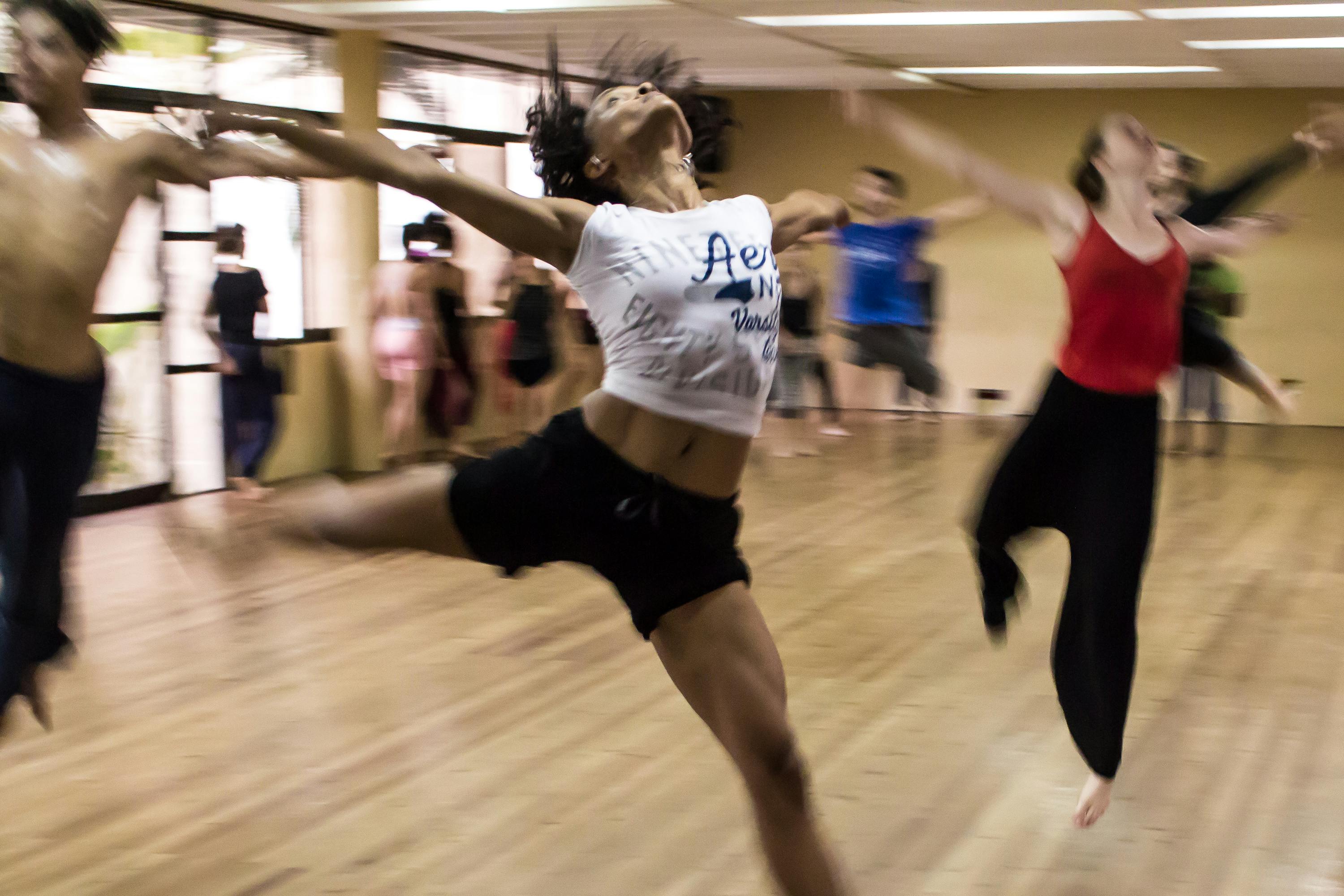Decoding the Health Benefits of Dance: A Fusion of Fitness, Fun and Wellness
Ever wondered why dance has been a part of human culture since the dawn of civilization? Could it be more than just a form of expression or entertainment? For those seeking a holistic approach to health and wellness, the answer may come as a delightful surprise. In recent years, dance has emerged as a transformative wellness practice, backed by a growing body of scientific research. This article explores the health benefits of dance, its historical context, and the current trends within this captivating intersection of fitness and fun.

The Dance of Ages: A Historical Background
Dance has been ingrained in human culture for thousands of years, serving as a means of communal bonding, storytelling, and spiritual expression. From the tribal dances of our ancestors to the elegant ballet performances of modern times, dance has always been a vital part of human life. However, it was only in the 20th century that the medical community began to recognize and study the health benefits of dance. Not only does dance offer physical benefits like increased strength and flexibility, but it also contributes to mental and emotional well-being.
The Rhythm of Health: Current Trends and Research
As our understanding of health and wellness evolves, so too does our appreciation for the health benefits of dance. Today, dance is recognized as a form of exercise, a stress-reliever, and even a therapeutic tool. Research has shown that dance can improve cardiovascular health, enhance cognitive function, reduce anxiety and depression, and boost self-esteem. Moreover, dance promotes social interaction and connectedness, which are vital for mental health.
The Science of Dance: Benefits, Challenges, and Credibility
Dance is a full-body workout that engages multiple muscle groups, improves balance and coordination, and boosts cardiovascular health. Studies have shown that dance can even slow the ageing process by improving muscle strength, balance, and flexibility. But the benefits of dance extend beyond the physical. Dance has been shown to improve mood, reduce stress, and even enhance cognitive function.
However, like any physical activity, dance also has its challenges. It requires commitment, practice, and sometimes, a willingness to step outside of one’s comfort zone. It’s also important to consider the potential risk of injury and to ensure proper technique and safety measures.
But the scientific credibility of dance as a health and wellness practice is undeniable. Various studies have confirmed its physical, mental, and emotional benefits, making it a holistic approach to health and wellness.
Dance Your Way to Health: Practical Tips
- Start with a dance style you enjoy: Whether it’s salsa, hip-hop, or ballet, the key is to enjoy the process.
- Don’t worry about getting the steps right: The aim is to move, have fun, and boost your health.
- Wear comfortable clothes and shoes: Safety and comfort are essential to prevent potential injuries.
- Warm-up before you start: This helps prepare your body for the activity and reduce the risk of injury.
- Incorporate dance into your routine: Make it a part of your weekly schedule for consistent benefits.
In Conclusion
Dance is more than just a form of entertainment—it’s a powerful tool for physical, mental, and emotional wellness. Its benefits extend beyond the physical, offering a holistic approach to health that engages the mind, body, and spirit. So, why not add a little rhythm to your health routine? After all, in the words of Martha Graham, “Dance is the hidden language of the soul.”




